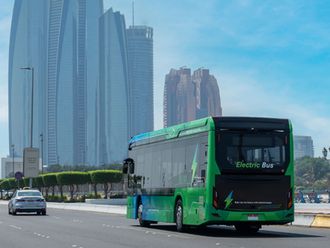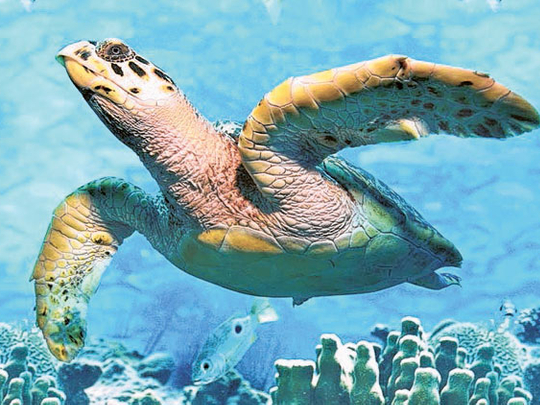
Abu Dhabi: A hall at the recently-opened National Aquarium in Abu Dhabi features the creatures of Bu Tinah, a cluster of protected islands in Abu Dhabi waters.
Aquarium guides tell visitors that the hall, and its adjoining underwater tunnel, is an effort to give them an experience of Bu Tinah, which is closed off as one of the emirate’s marine reserves.
The famed Bu Tinah, home to the second largest population of dugongs in the world, is actually one of the many marine and terrestrial reserves in the emirate. As protected areas, they are home to many indigenous creatures and trees, and play a big role in maintaining the UAE’s biodiversity.
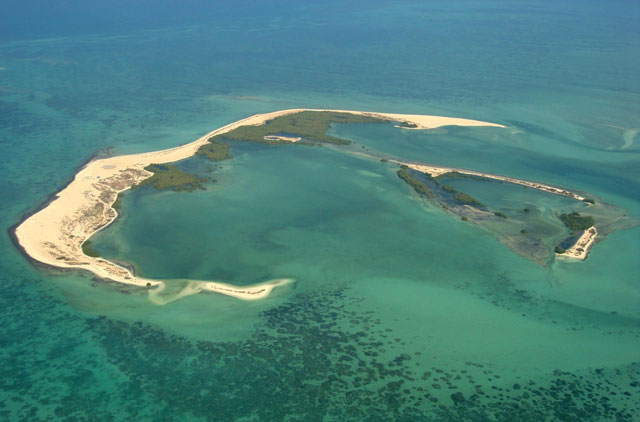
In fact, Abu Dhabi is home to hundreds of species – including 402 plants, 49 mammals, 382 birds, 67 amphibians and reptiles, three freshwater fish, dugongs, and the world’s largest population of Indian Ocean Humpback Dolphins. According to the Environment Agency Abu Dhabi, the emirate’s environment sector regulator, these species are well protected under the Sheikh Zayed Protected Areas Network, made up of 19 terrestrial and marine protected areas.
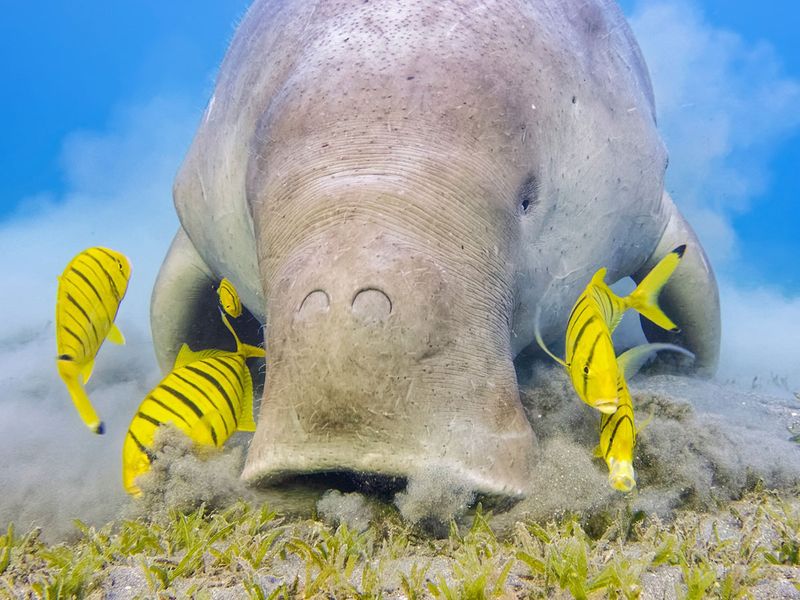
Here are all the zones that are part of the network:
Marine protected areas
Saadiyat Marine National Park: Located offshore Saadiyat Island, this thriving habitat features an abundance of marine life, including the critically endangered hawksbill Turtle. It was established in 2017, and spans 59 square kilometres.
According to the EAD, the park has 24 bird species, 13 reptile species and five mammal species. Among these, 28 are considered to be threatened species.
The park and its waters are home to Indo-Pacific bottlenose dolphins, Indian Ocean humpack dolphins, green turtles, hawksbill turtles, and sea snakes. There is also seven square kilometres of coral reefs, and eight square kilometres of seagrass.
Al Yasat
Al Yasat Marine Protected Area: Surrounded by coral reefs and sea grasses, the area is significant for its environmental, historical and cultural relevance, and is an important marine sanctuary for several species.
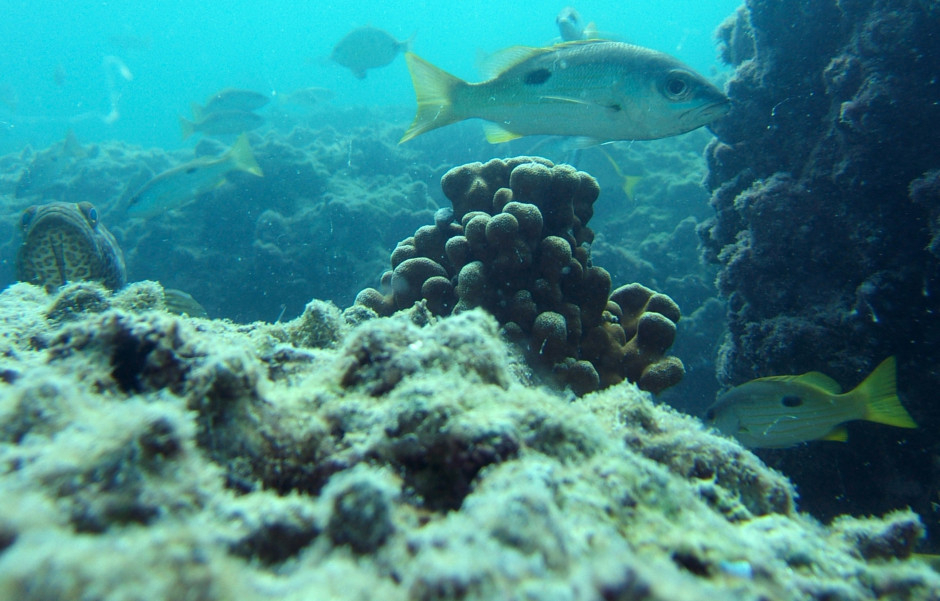
Located far west of the UAE, it was established in 2005, and spans 2,256 square kilometres. There are 140 bird species, 13 reptile species, more than 150 fish species, and 10 mammal species, of which 13 are considered to be threatened.
The EAD believes Al Yasat to house the only breeding population of Sooty falcons in Aby Dhabi. It is also a nesting site for hawksbill turtles, and home to Indo-Pacific bottlenose dolphins and Indian Ocean humpback dolphins.
Mangrove park
Mangrove Marine National Park: This park is home to millions of mangrove trees that support a thriving ecosystem. This park is the closest to downtown Abu Dhabi, and it is visible off sections of Sheikh Zayed Street, close to Al Gurm.
Marwah reserve
Marawah Marine Biosphere Reserve: Marawah is rich in marine and coastal biodiversity. Bu Tinah, within the reserve, is home to the second largest population of dugongs in the world, and therefore an area of global importance.
In 2019, archaeologists discovered what is believed to be the world’s oldest natural pearl on the island. It follows a string of discoveries on Marawah over the past few years that revealed evidence of a sophisticated Stone Age village that once thrived on the island.
The reserve, established in 2001, is located 120km west of Abu Dhabi island, in Al Dhafra region, and it is the largest marine protected area in the Arabian Gulf at 4,255 square kilometres.
The reserve is home to 168 bird species, nine reptile species, and 14 mammal species, of which at least 11 are considered threatened.
In terms of area, the reserve houses 40 per cent of the emirate’s coral reefs, 32 per cent of its seagrass and three per cent of its mangroves.
Bul Syayeef area
Bul Syayeef Marine Protected Area: Located west of the Mussafah channel, this protected area is an important area for migratory and resident birds. Spanning about 145 square kilometres, it includes a range of suitable habitats for the greater flamingo and other resident and migratory bird species. The reserve joined the World Wetland Sites Network in 2016.
Ras Ghanada
Ras Ghanada Protected Area: The coral communities in this area have direct, indirect, economic and intrinsic great value, helping to protect the region from hurricanes. The area spans 55 square kilometres.
Terrestrial protected areas
Al Bida’a Protected Area: This area is dominated by sand sheets, dunes, and dwarf shrub covers.
Al Dilfaweya Protected Area: This reserve is mainly known for its sand sheets, dunes and perennial herbs.
Al Ramlah Protected Area: This is considered one of the largest protected areas in Abu Dhabi, covering 544 square kilometres in the Al Dhafra region.
Qasr Al Sarab Protected Area: This is considered one of Abu Dhabi’s most important protected areas for the ecotourism, as it is one of the areas in which the Arabian oryx roams free within the Empty Quarter desert. It is located adjacent to the Anantara Qasr Al Sarab Hotel.
Arabian Oryx Protected Area: Spanning 5,975 square kilometres across Rezine, this area in Al Dhafra is home to the largest population of Arabian Oryx in the world. The desert antelope, which had been hunted to the verge of extinction in the 1970s, now numbers more than 10,000 individual heads in the UAE, following the Sheikh Mohamed Bin Zayed Arabian Orqyx Reintroduction Programme, which kicked off in 2007.
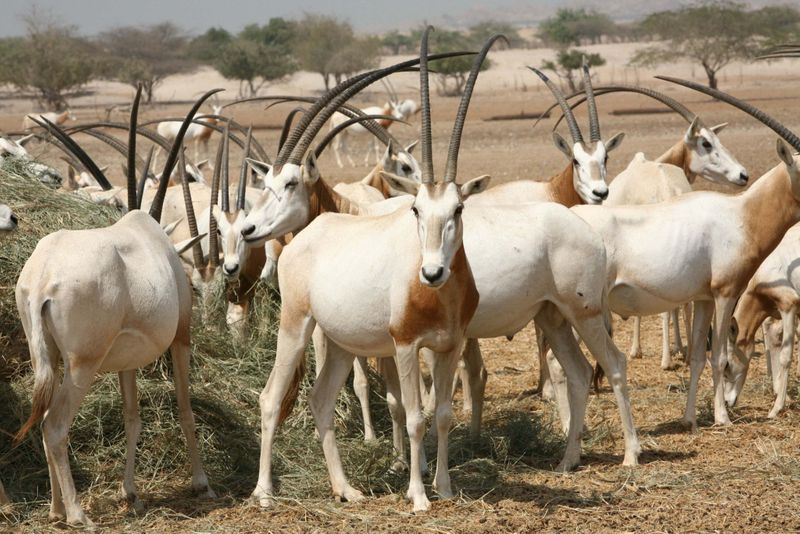
Al Ghada Protected Area: This is a restricted area for the Ghada shrub (Haloxylon persicum) that represents the last place it can be found east of the Arabian Peninsula.
Al Wathba Wetland Reserve: The first protected area ever established in Abu Dhabi and the first IUCN Green list protected area in the GCC, the Al Wathba Wetland Reserve’s greatest and most spectacular attraction is its flamingo population. When these migratory birds fly in to spend autumn until spring here, as many as 4,000 can be counted. There are also 250 species of birds, 37 plant species, and a wide range of aquatic life.
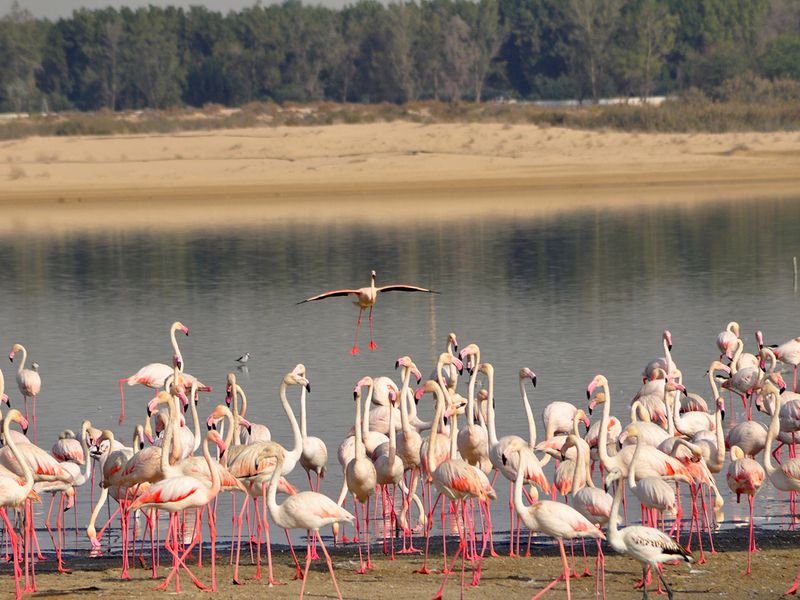
The reserve, located 30 minutes from Abu Dhabi city by car, is open to visitors during the winter months, with guided walking trails that allowing visitors to spot flamingos and other wildlife.
Jabal Hafit National Park: Located in Al Ain, this is the only mountainous protected area in the Abu Dhabi. It is also home to the rare Arabian tahr and the Dwarf Palm.
Abu Dhabi launched an assessment and monitoring programme to track tahrs in 2011, of which there are only 15 remaining.
Yaw Al Dibsa Protected Area: This area is known for being the best representation and last refuge for native flora in the Al Dhafra region.
Al Houbara Protected Area: Home to one of the most significant houbara reintroduction programmes in the region, the Al Houbara Protected Area is also the location where the sand cat was recorded after a long interruption.
Badaa Hazza Protected Area: This area comprises forest cover accounting for more than 75 per cent of its total land area.
Barqa Al Suqoor Protected Area: One of the unique protected areas in the Al Dhafra region, this area is a critical breeding zone for the houbara bustard and features a thriving vegetation cover.
Al Tawi Protected Area: This area spans more than 46 square kilometes, and is a critical breeding zone for the houbara bustard.



